Team Shanks:





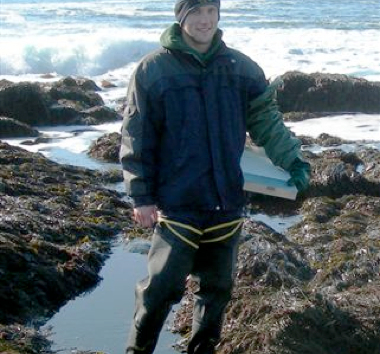
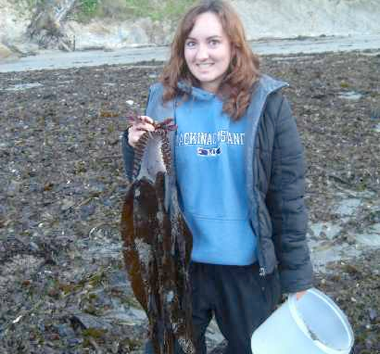
Zair Burris, MS

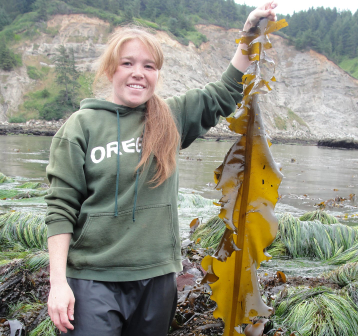
Brittney Dlouhy, MS
Marley Jarvis, PhD
Recent Lab Alumni

Lab Assistant

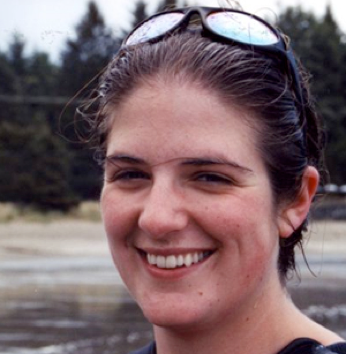
Erin Cooper, PhD
My thesis focused on the population biology and reproductive ecology of Tegula funebralis, an intertidal snail. I used field surveys, reproductive methods, and genetic analysis to explore the relationship between the age structure of populations, latitude, and local coastal topography.
After working as a Postdoctoral Seagrant Fellow with the Oregon Department of Fish and Wildlife Erin is now a Biometrician at the Fish Passage Center in Portland, OR.
Josh Lord, MS
I study fronts and larval dispersal in the nearshore ocean. I am characterizing flow at depth across fronts using GPS-tracked drogues and coupling flow data with stratified zooplankton sampling to test hypotheses of how different types of nearshore fronts affect larval distributions. I also measure settlement on shore to test hypotheses of how larvae may be transported to their adult habitat.
I often need volunteers: please email me or see the prospective students page for more information.
I am studying the mating processes of a very tiny “sea spider.” They have eight legs and a long mouth that they use like a straw for sucking up soft animals (such as sea anemones and worms). They are very special animals because only the males take care of the young; they carry the eggs everywhere they go! I am trying to find out if carrying thousands of eggs is dangerous for the males: maybe they can be spotted more easily by their predators, maybe they are too weighted down to look for food.
Zair is now working on her PhD at the University of Connecticut.
I work with the gumboot chiton, Cryptochiton stelleri. It is the biggest kind of chiton in the world and like all chitons, has eight plates protecting its back. However, it is the only chiton that has its plates covered so that from the outside it just looks like a red blob, a rock, or a wandering meatloaf. The adults can be over a foots long, but I have found young ones as small as half an inch long. I am looking at the growth and reproduction of this rocky shore animal, as well as why it lives where it does.
Josh is now working on his PhD at the University of Connecticut.


I grew up in New Mexico but have also felt like I belonged by the ocean. I obtained my BS in Marine BIology from the University of Oregon and joined the Shanks lab in January 2010. My thesis research includes the study of juvenile bivalves, specifically secondary dispersement through a mechanisms known as thread drifting. This is similar to the method used by baby spiders. While this topic is well studied in marine habitats in other parts of the world, very little research has been done on the Oregon coast. I am trying to determine what species drift and how physical (tide and temperature) and biological (density and predation) factors influence the behavior. During my field work I have spent many hours on the R/V Pluteus conducting plankton towns which is great because I love anything that gets me out on the water.
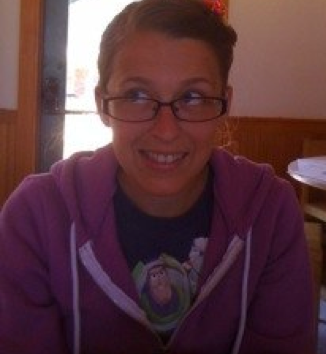
Maureen Hogan
Graduate Students
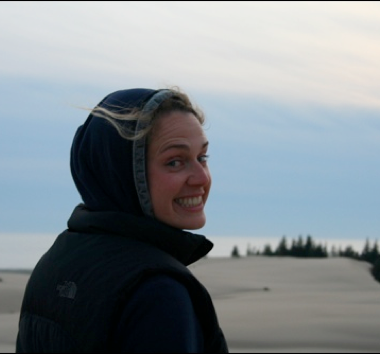
Katie Bennet, MS

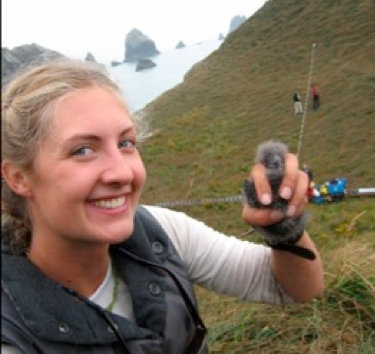
Annie Pollard, MS

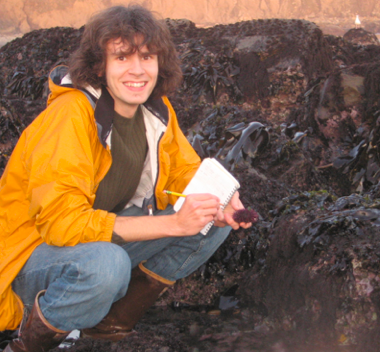
Ben Gruppe, MS
My thesis research focused on the ecology of purple sea urchins as it pertains to microhabitats.
Ben is now a PhD student in Lisa Levin’s lab at UC San Diego.

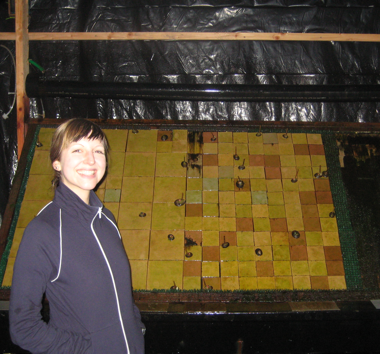
Stephanie Schroeder, PhD
My research focuses on the behavioral ecology of the owl limpet, Lottia gigantea. I am testing new territorial models and examining how they establish territories in a lab setting.
Stephanie is now a postdoc at the Birch Aquarium (UCSD/Scripps).
Postdoc

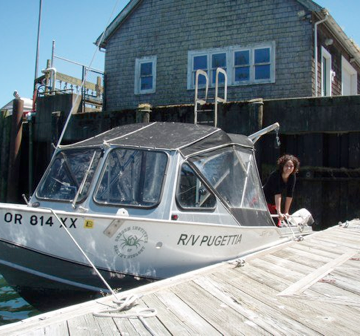
Dr. Laura Garcia Peteiro
I’m from Galicia, a NW region of Spain where the weather is quite similar to Oregon (rainy!). I’ve always lived and worked close to the sea, and I love walking and exploring the coast. I graduated in 2002 from A Coruna University with a degree in Biology and I’ve done my PhD at the Institute of Marine Research (CSIC) in Vigo. There, I’ve taken part in several projects about the ecology of molluscs but my research was focused on settlement and recruitment patterns of mussels. I am not an oceanographer but I developed a special interest in coupling physical and biological processes to understand marine invertebrate population dynamics. That interest drew me to the Shanks lab where I am working on larval biology and dispersal patterns of native oyster (Ostrea lurida) populations in Coos Bay, Oregon.
Captain

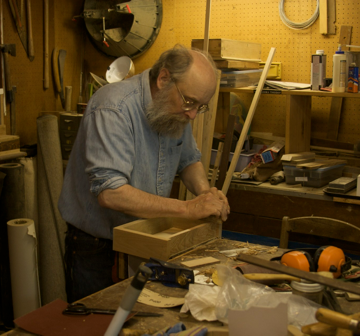
Dr. Alan Shanks, PI
(See link to Dr. Shanks’ individual page above)

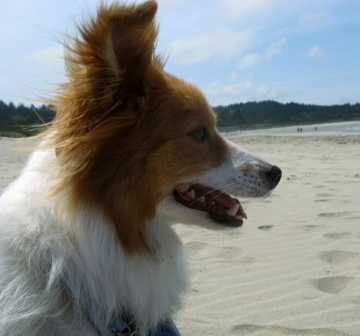
Pushkin
Pushkin is Alan’s dog, and is well loved by his lab and the rest of OIMB. Pushkin often has lunch with the grad students and occasionally helps Alan count barnacles.
Mascot
Research Technician
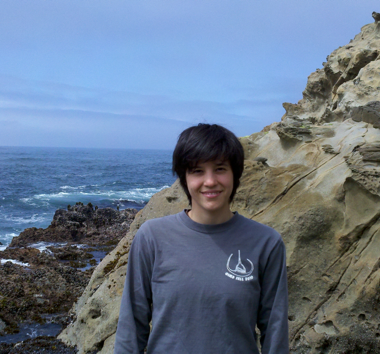
Lisa Ziccarelli
Originally from a small farm in Illinois, I have always been fascinated by the ocean. After receiving my BS in Integrative Biology from the University of Illinois, I moved to the Oregon coast and stationed myself at OIMB. My focus in the Shanks lab incorporates phytoplankton ecology and physiology, along with surfzone hydrodynamis. With the Shanks lab, I enjoy swimming into rip currents, a thrilling way to collect samples to study harmful algal blooms.
Lisa is now a masters student at UC Santa Cruz studying phytoplankton ecology


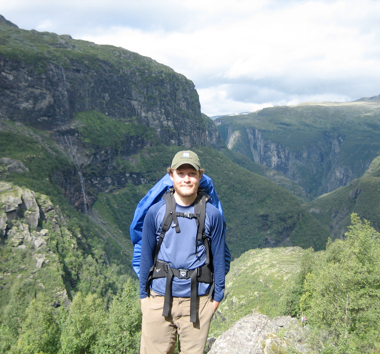
Leif Rasmuson, PhD
My interests are in the larval stages of commercially important invertebrates, primarily crustaceans. I am particularly interested in the post larval stages of these organisms and how their settlement is affected by oceanographic conditions.
Leif is a Robert Malouf Sea Grant Scholar
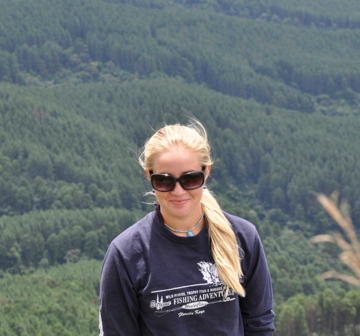
Cate Pritchard, MS
I look at the physical factors affecting dispersal and retention of the Olympia oyster (Ostrea lurida) within the Coos Bay estuary. I'm interested in the larval supply within the estuary and the effect of physical factors such as salinity and temperature on early and late stage larvae. I also am interested in the role of tides in the net retention or export of O. lurida larvae to the open ocean.









